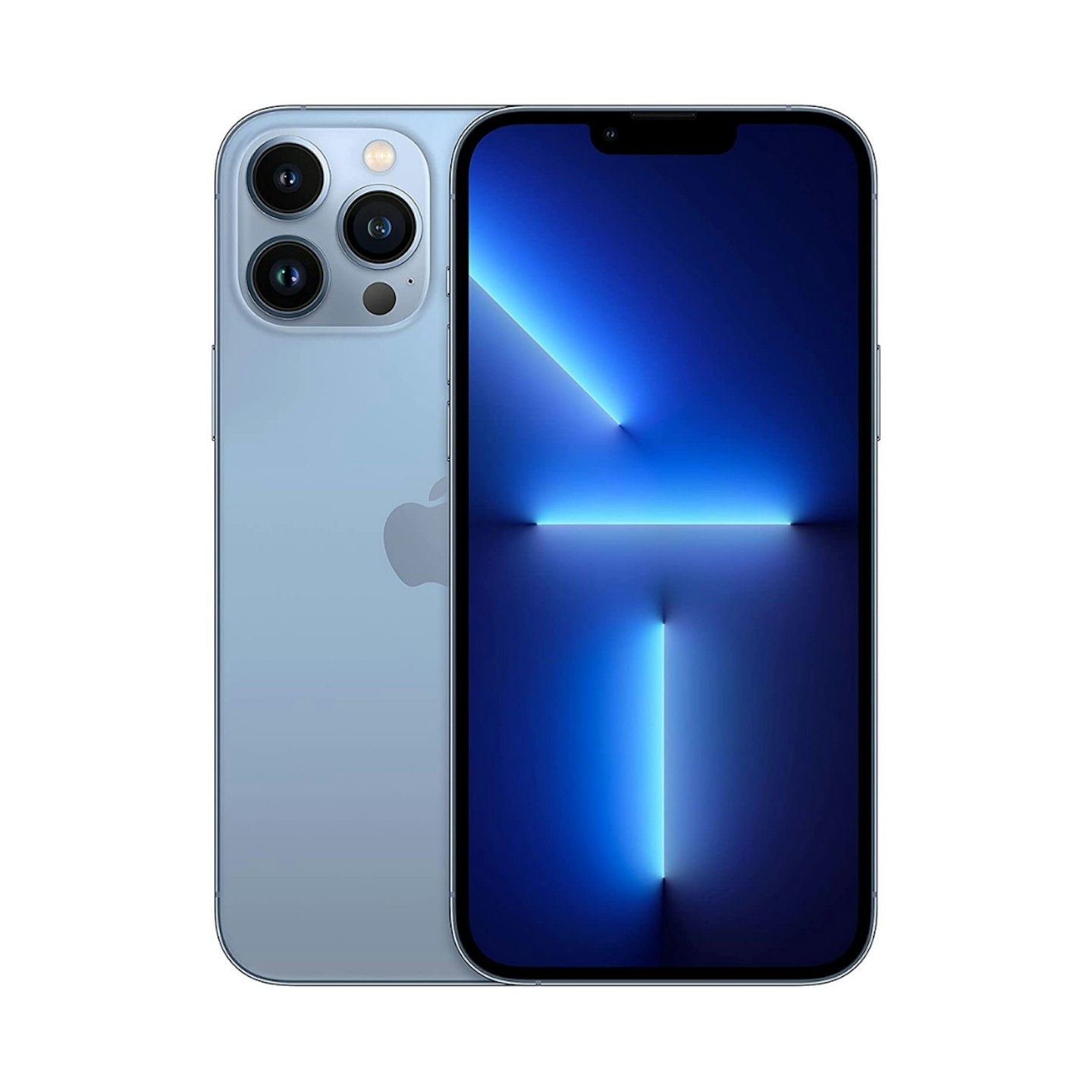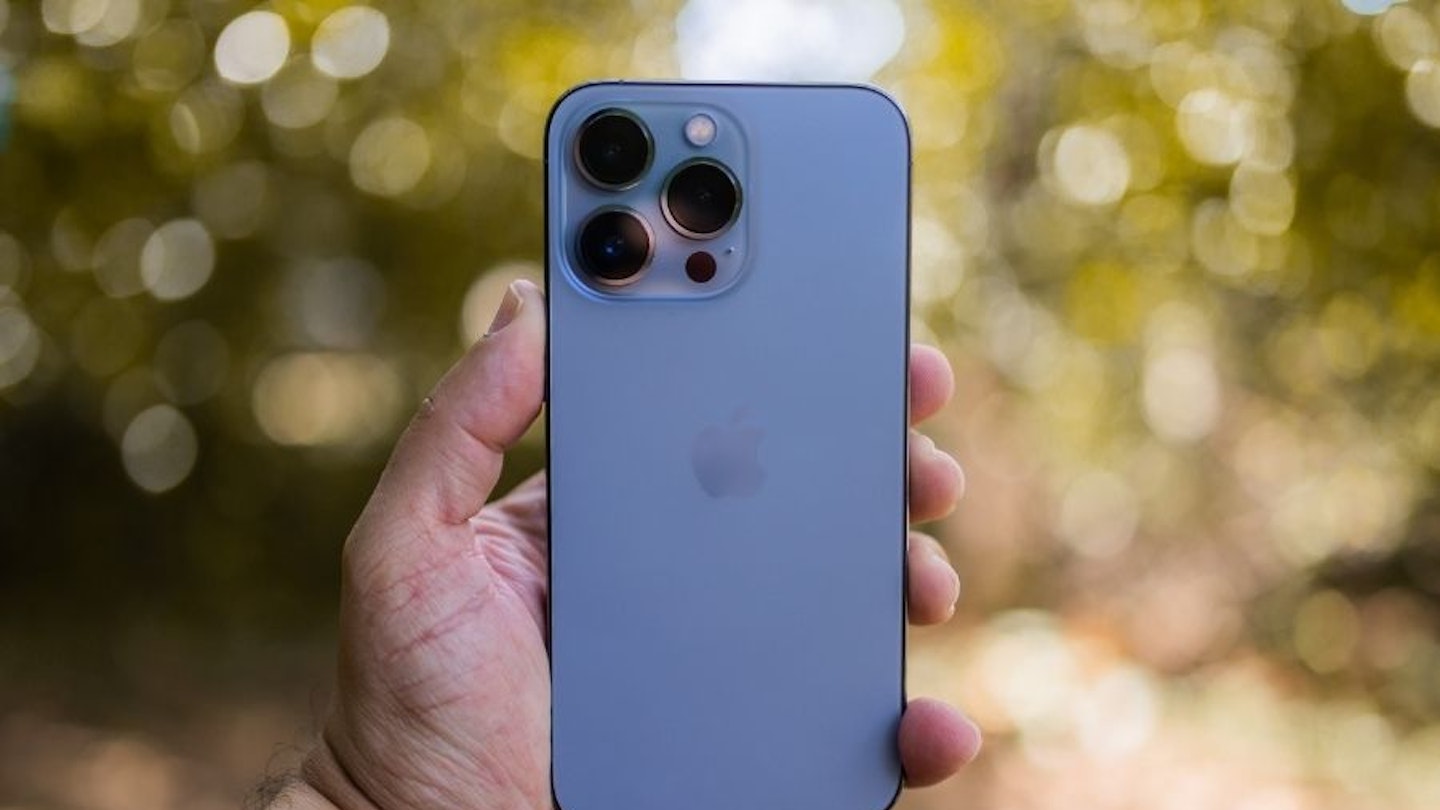Death, taxes and a new iPhone out in Autumn. Few things are so certain in life, but you can be sure, as the leaves begin to fall, the unrelenting powerhouse of Apple’s smartphone division will be gearing up to yield another son.
It does it every year, and despite lingering COVID 19 issues around Santa Clara County, the prophecy was realised once more in September 2021 with the iPhone 13.
The iPhone 13 was another serious step up from its predecessor, the iPhone 12. It featured a new chip, a new sleeker design with sharper edges and an upgrade to Apple’s most advanced iPhone camera to date.
Continuing the trend from its personal computers, wireless earphones and tablets, Apple's iPhone 13 range was split into two models: regular and pro. Both feature their own individual size ranges – the regular iPhone is available in 6.1” or 5.4” versions while the Pro can be configured in either 6.1” or as the 6.7” iPhone 13 Pro Max.
Both models are premium devices with some of the most advanced portable technology money can buy. However, there are still stark contrasts in their capabilities and usability day to day, as well as a vast price gap. Not sure which is for you? Here is a breakdown of their features to help you pick the right iPhone 13.
Chip
When it comes to processing and general computing performance, the technology is consistent across the board, with the same A15 Bionic chip featuring on all iPhone 13s. The new models boast a New 6-core CPU with 2 performance and 4 efficiency cores, as well as a five-core GPU on the pro models and a four-core GPU on the regular iPhone 13.
Camera

The iPhone 13 and the 13 Pros may share much of the same technology and design characteristics, but this is where they differ. Make no mistake, the iPhone 13 has an incredibly advanced camera for a smartphone, but the Pro takes things to the next level.
The biggest upgrade the Pro edition carries is Telephoto: a third lens offering 3X optical zoom performance for pin-sharp, pro-grade picture quality. This technology really comes into its own for close-up photography, as details look more natural, less distorted and generally much cleaner.
The Pros also feature LiDAR scanners for depth mapping in night mode, expediting the autofocus process in low light to improve their quality – worth trying out at some point.
However, beyond these two features, the camera specifications are much the same across the range, with wide and ultra-wide lenses, 1080P cinematic mode at 30 fps and Dolby Vision HDR included as standard for all iPhone 13s.
Battery
iPhone 13s are all-day devices, and some even more than that. The standard iPhone 13 offers up to 19 hours of video playback battery between charges, while the Pro offers 22 hours and the Pro Max offers 28 hours – the larger frame accommodating a bigger battery. This is a stark improvement over the last generation iPhone, as the 12 could only muster 20 hours in its Pro Max configuration and 17 as the standard iPhone 12.
If you often find yourself on trips away from a charging port but need the extra juice, the iPhone 13 Pro Max with its unprecedented 28 hours really is the model to go for. However, for casual day-to-day use, the 19-hour regular iPhone 13 would more than suffice.
RELATED: Apple Watch 7: Everything you need to know
Display

All iPhone 13s come with Apple’s Super Retina XDR display as standard, boasting 460 PPI resolution with a 2,000,000:1 contrast ratio. However, the iPhone 13 Pros also carry Apple’s ProMotion technology with increased adaptive refresh rates of up to 120Hz.
The improved refresh rate statistics benefit scrolling and responsiveness, as motion across the iPhone becomes smoother, fluid and more instinctive. This technology especially benefits gaming performance on the iPhone 13 Pro, as ProMotion creates a more natural and thus immersive experience.
If you take iPhone gaming seriously, then ProMotion will advance your day-to-day iPhone experience into its next era. However, if your iPhone use could be considered more casual, without anything too strenuous on the refresh rate, then it may not be worth the premium charged.
Conclusion
Apple has touted the Pro iPhone 13 over the regular model as a product for its namesake – professionals. In reality, this translates to anyone who takes certain qualities of the iPhone seriously enough that they are willing to pay anything for the ultimate experience.
If most of your life, be it professional or recreational, revolves around photography, videography or gaming through your personal smartphone, then the Pro iPhone 13s is simply the best.
However, given that the Pro starts at £949 and the Pro Max at £1049 – extending anywhere up to £1500 with a few specifications – the price tag, large enough to eclipse some MacBook Pro laptops, can only really be justified if the Phone’s potential is maxed out on a regular basis. Otherwise the regular iPhone 13 – which still starts at £779 and the top of the wider smartphone price range – will do just fine.





